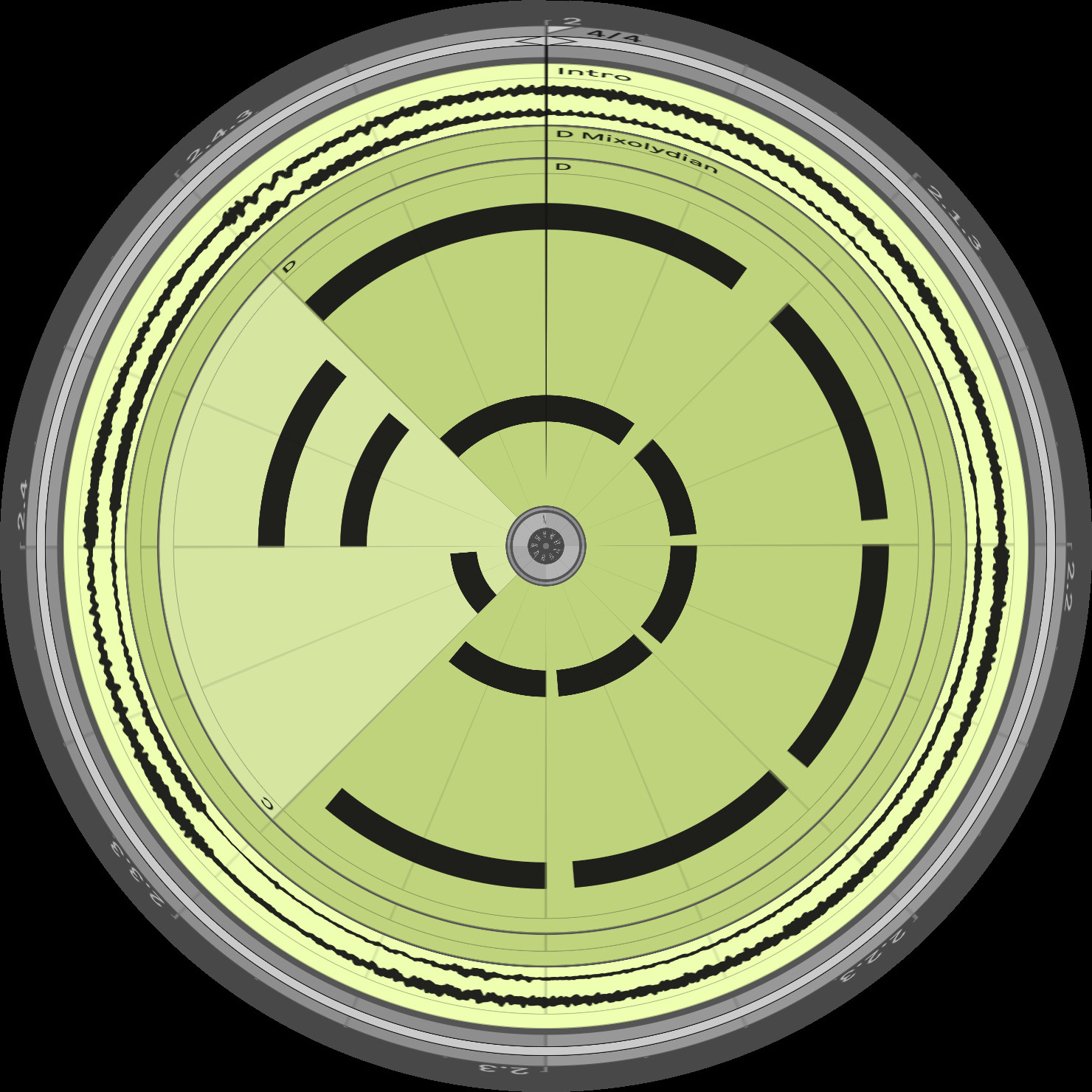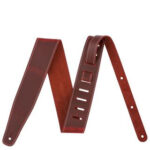The Beatles’ “I Want To Hold Your Hand” is more than just a catchy tune; it’s a masterclass in early rock and roll songwriting. For guitar players, it’s an essential song to learn, packed with deceptively simple yet ingenious musical ideas. While the lyrics might seem straightforward, the underlying music theory, especially the guitar chords, reveals the brilliance that made The Beatles global icons. Let’s explore the guitar chords in “I Want To Hold Your Hand” and uncover what makes this song so special and enduring for guitarists of all levels.
Decoding the Intro: A Unique Guitar Groove
The song kicks off with an instantly recognizable intro riff, built upon a rhythmic interplay between two chords: C and D. For guitarists, these are fundamental open chords, making the intro accessible even for beginners. However, the magic lies in the rhythm. It’s not a straightforward rock beat, but a syncopated, almost Latin-tinged groove.
If you listen closely, or visualize it, you’ll notice the C chord lands on the “and” of beat three, a weak subdivision, and the D chord follows on the “and” of beat four, just before the expected downbeat. This off-beat emphasis creates a sense of anticipation and rhythmic interest right from the start.
 MIDI visualization of the intro rhythm for "I Want To Hold Your Hand" guitar chords, showing the syncopated groove between C and D chords.
MIDI visualization of the intro rhythm for "I Want To Hold Your Hand" guitar chords, showing the syncopated groove between C and D chords.
For guitar players learning this intro, focus on nailing this rhythmic feel. Practice switching smoothly between the C and D chords while accentuating those off-beats. Experiment with different strumming patterns to capture the groove. Initially, you might perceive this C-D progression as bVII-I in D Mixolydian. However, once the G major chord enters with the verse, the true key is revealed: G major, with the intro using IV and V chords. This initial ambiguity adds to the song’s intrigue. Listen for George Harrison’s subtle yet expressive blue note just before the vocals begin – a B bent up towards C, adding a touch of bluesy flavor within this pop context.
Verse and Pre-Chorus: Exploring Chord Choices on Guitar
The verse begins with a classic and comfortable progression in G major: G-D-Em. These are common guitar chords and form the backbone of countless songs. But The Beatles quickly inject their harmonic ingenuity. On the line “I think you’ll under-STAND,” a B7 chord appears, supporting an F-sharp in the vocal melody.
This B7 is a surprising chord choice in G major. Typically, in G major, you’d expect a Bm (B minor) chord, the iii chord in the key. Bm would fit perfectly within the diatonic context. However, The Beatles opt for B7, a chord from outside the key of G.
For guitarists, understanding why B7 works here is crucial. B7 is a dominant 7th chord, and its function is to create tension and lead strongly to a resolution, typically to E minor (its tonic in this context). This is because B7 contains a D# note, the leading tone to E. In traditional music theory, B7 would often be used as a secondary dominant to lead to Em.
However, The Beatles subvert this expectation. Instead of resolving to Em after the B7, they play Em before it, as part of the G-D-Em progression. Then, the B7 “resolves” unexpectedly back to G the first time, and to C the second time, launching into the chorus. This unconventional use of B7 creates a harmonic twist that is both surprising and satisfying, showcasing The Beatles’ innovative approach to songwriting. For guitarists, mastering the transition to and from the B7 chord is key to capturing the song’s unique harmonic color.
Chorus and Beyond: Simplicity and Innovation
The chorus chords are equally memorable and effective, continuing within the key of G major but with their own melodic and harmonic hooks. While a detailed chord breakdown of the entire song is available in Alan Pollack’s renowned analysis (which we highly recommend exploring for a deeper dive), it’s worth highlighting a few key aspects relevant to guitar players:
- Vocal Harmonies and Guitar Chords: The Beatles’ signature vocal harmonies, often featuring open fifths, intertwine perfectly with the guitar chords. Pay attention to how the chord voicings support and enhance these harmonies.
- Bass Lines and Riffs: Paul McCartney’s melodic bass lines, especially the chromatic riff in the intro and verses, are integral to the song’s groove and drive. While playing guitar, listen to how the bass interacts with the chords and try to incorporate some of that rhythmic and melodic energy into your guitar playing.
- Rhythmic Phrasing: The lyrics and melodies often feature pauses and syncopation, creating a slightly “tongue-tied” and endearing quality. As a guitarist, try to mirror this rhythmic phrasing in your strumming and rhythm playing to capture the song’s overall feel.
The Enduring Appeal for Guitar Players
“I Want To Hold Your Hand” remains a favorite for guitar players for several reasons:
- Accessible Chords: The song primarily uses basic open chords like G, C, D, and Em, making it approachable for beginner guitarists.
- Rhythmic Challenge: The syncopated intro and overall rhythmic feel offer a fun and engaging challenge for developing rhythm guitar skills.
- Harmonic Depth: Despite its simplicity, the song contains surprising harmonic twists, like the B7 chord, offering opportunities to explore and understand more advanced chord concepts.
- Iconic Song: It’s a classic Beatles song that everyone knows and loves, making it a rewarding song to learn and perform.
Conclusion: Grab Your Guitar and Dive In
“I Want To Hold Your Hand” is a testament to The Beatles’ genius – crafting incredibly catchy and seemingly simple songs that are underpinned by sophisticated musical ideas. For guitar players, it’s a perfect song to learn and analyze. By mastering the guitar chords and understanding the rhythmic and harmonic nuances, you’ll not only be able to play a timeless classic but also gain valuable insights into songwriting and guitar playing techniques. So, pick up your guitar, learn these “Guitar Chords I Want To Hold Your Hand”, and experience the magic of The Beatles firsthand.

